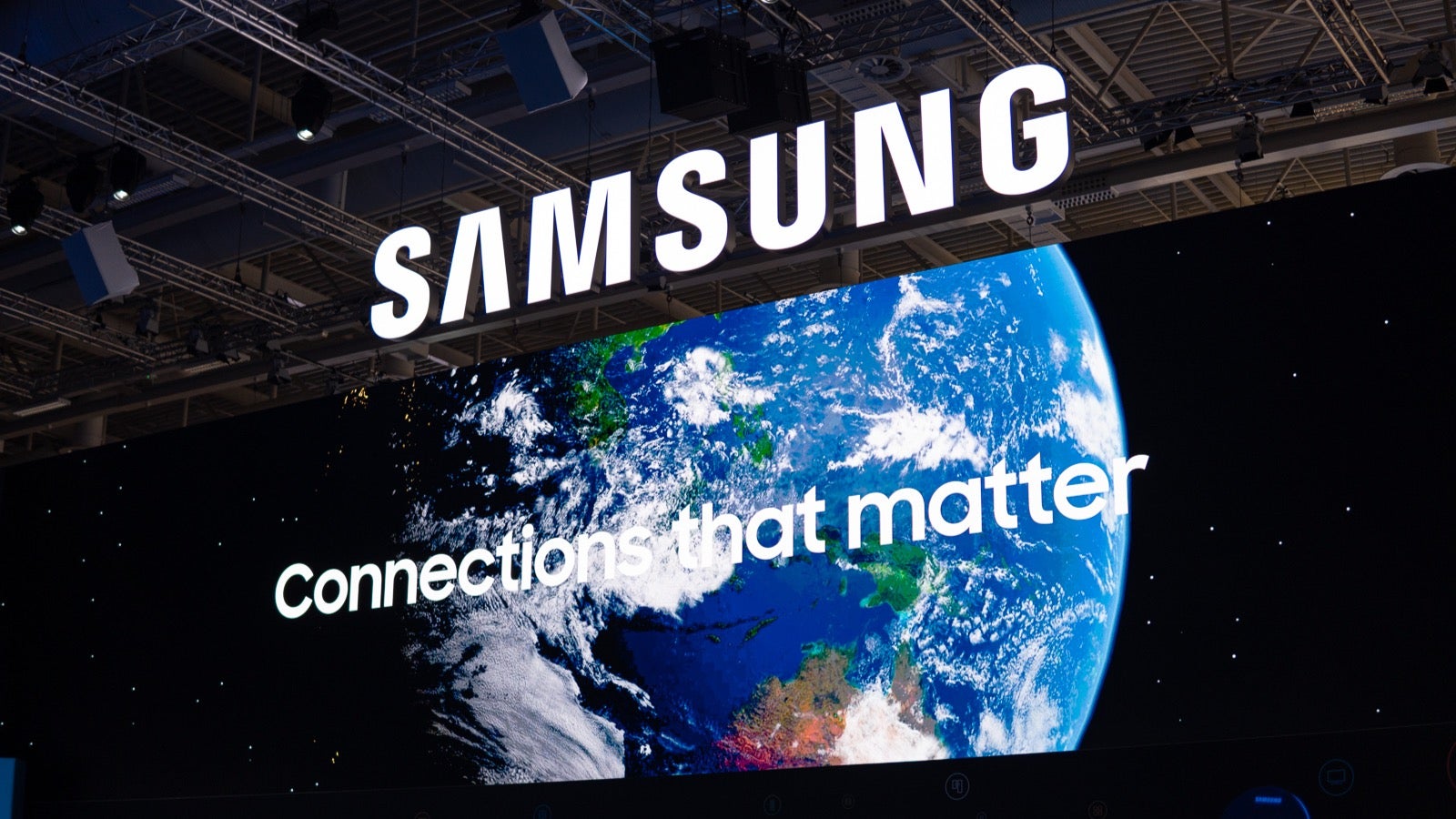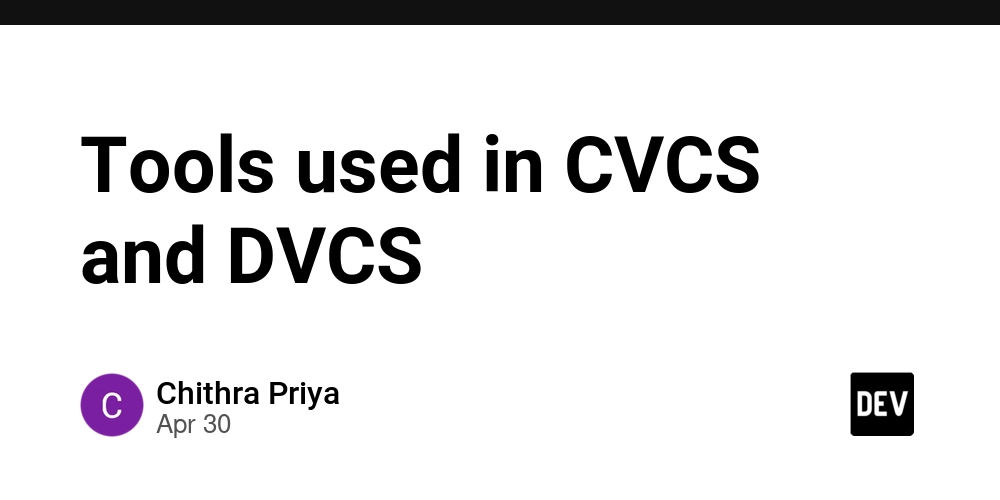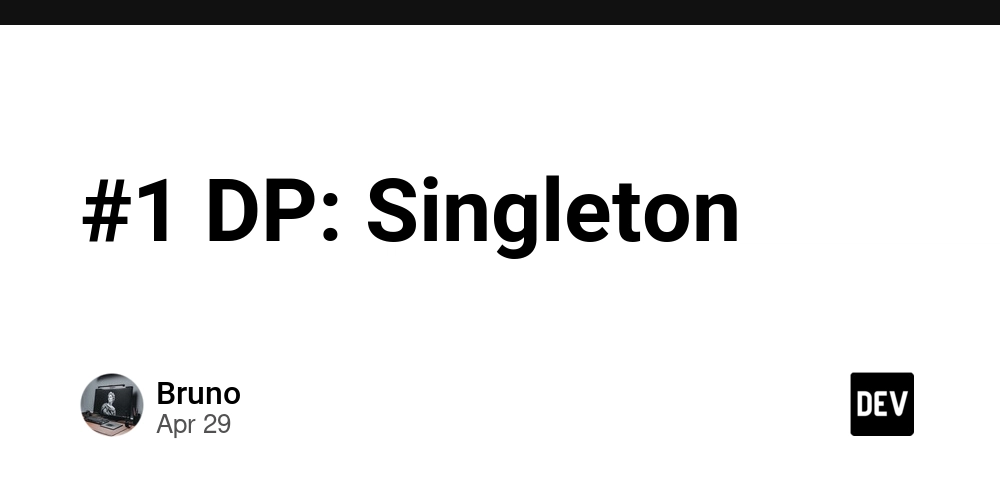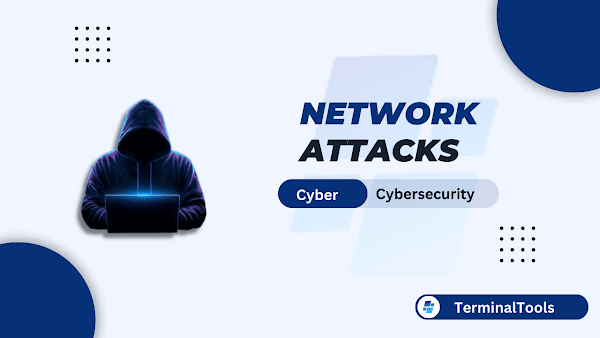The Importance of Regular 1 on 1 Meetings With Employees
Businesses are realizing that success doesn’t just come from high-performing teams—it comes from highly connected teams. At the heart of team connection lies one of the most underrated yet powerful tools in modern management: the one-on-one meeting. A 1 on 1 meeting is more than a calendar event. It’s a dedicated time for managers and employees to align, communicate openly, and build trust. As companies continue to navigate the complexities of remote, in-office, and hybrid work, consistent 1 on 1s have emerged as a critical touchpoint to maintain culture, improve performance, and retain top talent. Why Regular 1 on 1 Meetings Matter More Than Ever The modern workplace is undergoing a dramatic transformation. With flexibility now a top priority for employees, many companies have adopted hybrid or fully remote models. While this shift supports work-life balance and autonomy, it can also lead to communication silos, decreased engagement, and feelings of isolation. That’s where regular 1 on 1 meetings come into play. These meetings create a structured space for meaningful conversations that might otherwise be lost in Slack messages or sporadic team calls. They allow employees to voice concerns, celebrate wins, discuss development goals, and receive ongoing feedback—contributing directly to job satisfaction and employee retention. The Data Behind 1 on 1 Meetings According to Gallup, employees who have regular meetings with their managers are almost three times more likely to be engaged at work than those who don’t. Engagement, in turn, is linked to higher productivity, fewer absences, and greater profitability. Yet, many companies still fail to prioritize these meetings. Whether it’s due to time constraints, lack of structure, or unclear expectations, missed 1 on 1s can result in disengaged teams and missed opportunities for growth. That’s why using the right 1 on 1 meeting software can be a game changer for forward-thinking leaders. Leveraging 1 on 1 Meeting Software for Impact While it’s possible to run 1 on 1s with a simple calendar invite and a notepad, more and more companies are turning to 1 on 1 meeting software to make these conversations more intentional and effective. Today’s best tools help managers: Set consistent cadences for meetings Build shared agendas in advance Take and organize notes across sessions Assign follow-up actions Track employee sentiment and growth over time By using dedicated 1 on 1 meeting software, managers create a repeatable, reliable framework that shows employees their development and feedback are taken seriously—not left to chance. What Makes an Effective 1 on 1 Meeting? It’s not just about having the meeting—it’s about how the meeting is run. Here are key elements that make a 1 on 1 meeting truly effective: Consistency: Make it recurring. Skipping or constantly rescheduling sends the wrong message. Employee Ownership: Let employees contribute to the agenda. It encourages buy-in and transparency. Clear Purpose: Don’t use the meeting to micromanage. Focus on career development, challenges, feedback, and connection. Follow-Through: Always recap key takeaways and action items, using tools or notes to track them. Psychological Safety: This should be a space where employees feel heard and supported, not judged. When these elements are in place, 1 on 1s can become a manager’s most valuable leadership tool. Trends Driving the Popularity of 1 on 1s Beyond hybrid work, a few key trends are amplifying the importance of 1 on 1 meetings: Employee Experience as Strategy: Companies now treat employee satisfaction as a business metric. Frequent check-ins are a proven method to increase satisfaction. Quiet Quitting and Retention: As more employees disengage quietly, regular 1 on 1s help managers detect early signs of dissatisfaction and take proactive steps. Generational Shifts: Millennials and Gen Z workers value mentorship, feedback, and transparency—all of which thrive in well-run 1 on 1s. AI & Data in HR: Integrated 1 on 1 meeting software now offers insights into engagement trends, goal progression, and overall team health, allowing data-driven people management. Building a Culture of Feedback Companies that normalize feedback—both upward and downward—perform better. And 1 on 1 meetings are the ideal venue to foster that culture. When employees feel safe offering honest feedback, innovation flourishes. When managers provide continuous coaching instead of yearly performance reviews, development accelerates. This high-trust environment doesn’t happen by accident; it’s built through regular, meaningful conversations. Conclusion As the workplace continues to evolve, one truth remains constant: people thrive when they feel seen, heard, and supported. A 1 on 1 meeting might seem like a small gesture, but its impact on culture, productivity, and retention is profound. By investing in consistent 1 on 1s—and the right 1 on 1 meeting software to support them—leade
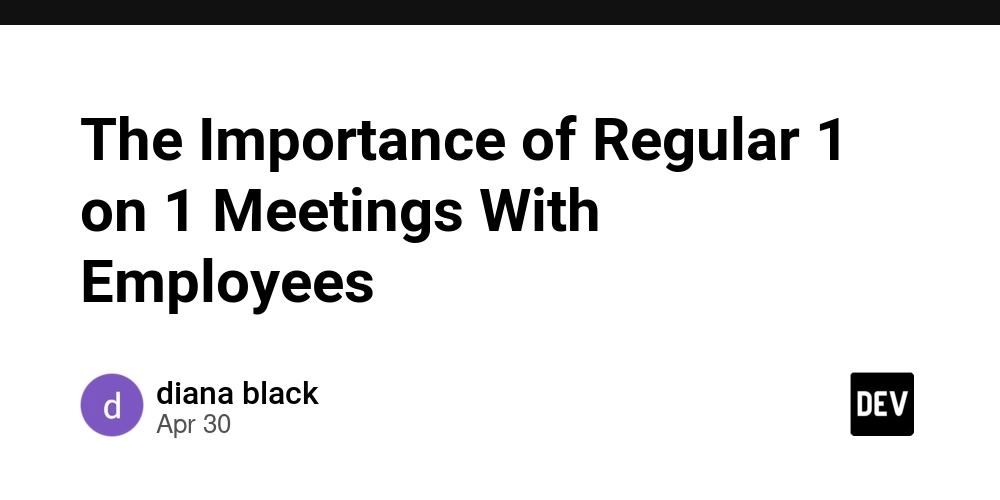
Businesses are realizing that success doesn’t just come from high-performing teams—it comes from highly connected teams. At the heart of team connection lies one of the most underrated yet powerful tools in modern management: the one-on-one meeting.
A 1 on 1 meeting is more than a calendar event. It’s a dedicated time for managers and employees to align, communicate openly, and build trust. As companies continue to navigate the complexities of remote, in-office, and hybrid work, consistent 1 on 1s have emerged as a critical touchpoint to maintain culture, improve performance, and retain top talent.
Why Regular 1 on 1 Meetings Matter More Than Ever
The modern workplace is undergoing a dramatic transformation. With flexibility now a top priority for employees, many companies have adopted hybrid or fully remote models. While this shift supports work-life balance and autonomy, it can also lead to communication silos, decreased engagement, and feelings of isolation.
That’s where regular 1 on 1 meetings come into play.
These meetings create a structured space for meaningful conversations that might otherwise be lost in Slack messages or sporadic team calls. They allow employees to voice concerns, celebrate wins, discuss development goals, and receive ongoing feedback—contributing directly to job satisfaction and employee retention.
The Data Behind 1 on 1 Meetings
According to Gallup, employees who have regular meetings with their managers are almost three times more likely to be engaged at work than those who don’t. Engagement, in turn, is linked to higher productivity, fewer absences, and greater profitability.
Yet, many companies still fail to prioritize these meetings. Whether it’s due to time constraints, lack of structure, or unclear expectations, missed 1 on 1s can result in disengaged teams and missed opportunities for growth.
That’s why using the right 1 on 1 meeting software can be a game changer for forward-thinking leaders.
Leveraging 1 on 1 Meeting Software for Impact
While it’s possible to run 1 on 1s with a simple calendar invite and a notepad, more and more companies are turning to 1 on 1 meeting software to make these conversations more intentional and effective.
Today’s best tools help managers:
Set consistent cadences for meetings
Build shared agendas in advance
Take and organize notes across sessions
Assign follow-up actions
Track employee sentiment and growth over time
By using dedicated 1 on 1 meeting software, managers create a repeatable, reliable framework that shows employees their development and feedback are taken seriously—not left to chance.
What Makes an Effective 1 on 1 Meeting?
It’s not just about having the meeting—it’s about how the meeting is run.
Here are key elements that make a 1 on 1 meeting truly effective:
Consistency: Make it recurring. Skipping or constantly rescheduling sends the wrong message.
Employee Ownership: Let employees contribute to the agenda. It encourages buy-in and transparency.
Clear Purpose: Don’t use the meeting to micromanage. Focus on career development, challenges, feedback, and connection.
Follow-Through: Always recap key takeaways and action items, using tools or notes to track them.
Psychological Safety: This should be a space where employees feel heard and supported, not judged.
When these elements are in place, 1 on 1s can become a manager’s most valuable leadership tool.
Trends Driving the Popularity of 1 on 1s
Beyond hybrid work, a few key trends are amplifying the importance of 1 on 1 meetings:
Employee Experience as Strategy: Companies now treat employee satisfaction as a business metric. Frequent check-ins are a proven method to increase satisfaction.
Quiet Quitting and Retention: As more employees disengage quietly, regular 1 on 1s help managers detect early signs of dissatisfaction and take proactive steps.
Generational Shifts: Millennials and Gen Z workers value mentorship, feedback, and transparency—all of which thrive in well-run 1 on 1s.
AI & Data in HR: Integrated 1 on 1 meeting software now offers insights into engagement trends, goal progression, and overall team health, allowing data-driven people management.
Building a Culture of Feedback
Companies that normalize feedback—both upward and downward—perform better. And 1 on 1 meetings are the ideal venue to foster that culture.
When employees feel safe offering honest feedback, innovation flourishes. When managers provide continuous coaching instead of yearly performance reviews, development accelerates. This high-trust environment doesn’t happen by accident; it’s built through regular, meaningful conversations.
Conclusion
As the workplace continues to evolve, one truth remains constant: people thrive when they feel seen, heard, and supported. A 1 on 1 meeting might seem like a small gesture, but its impact on culture, productivity, and retention is profound.
By investing in consistent 1 on 1s—and the right 1 on 1 meeting software to support them—leaders can unlock the full potential of their teams. It’s not about checking a box; it’s about building relationships that drive real results.































![[Free Webinar] Guide to Securing Your Entire Identity Lifecycle Against AI-Powered Threats](https://blogger.googleusercontent.com/img/b/R29vZ2xl/AVvXsEjqbZf4bsDp6ei3fmQ8swm7GB5XoRrhZSFE7ZNhRLFO49KlmdgpIDCZWMSv7rydpEShIrNb9crnH5p6mFZbURzO5HC9I4RlzJazBBw5aHOTmI38sqiZIWPldRqut4bTgegipjOk5VgktVOwCKF_ncLeBX-pMTO_GMVMfbzZbf8eAj21V04y_NiOaSApGkM/s1600/webinar-play.jpg?#)





































































































































![[The AI Show Episode 145]: OpenAI Releases o3 and o4-mini, AI Is Causing “Quiet Layoffs,” Executive Order on Youth AI Education & GPT-4o’s Controversial Update](https://www.marketingaiinstitute.com/hubfs/ep%20145%20cover.png)














































































































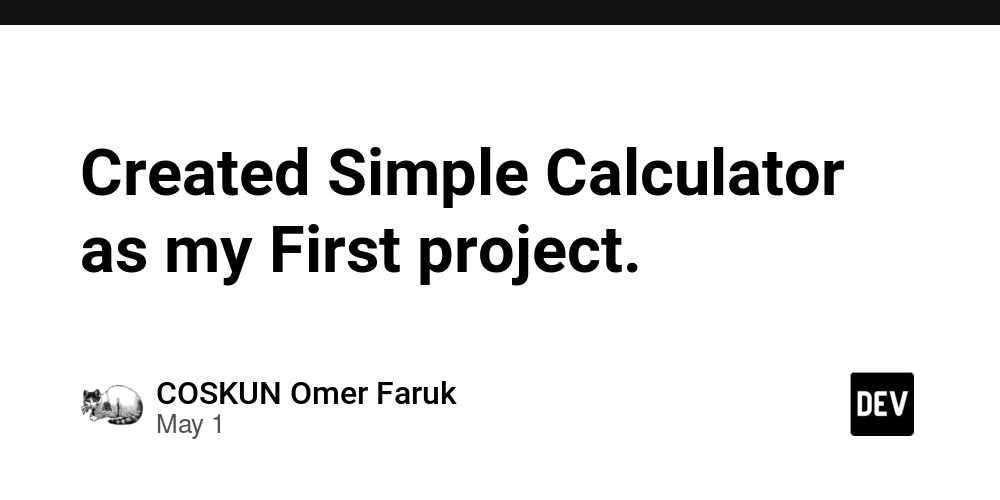


















































































































































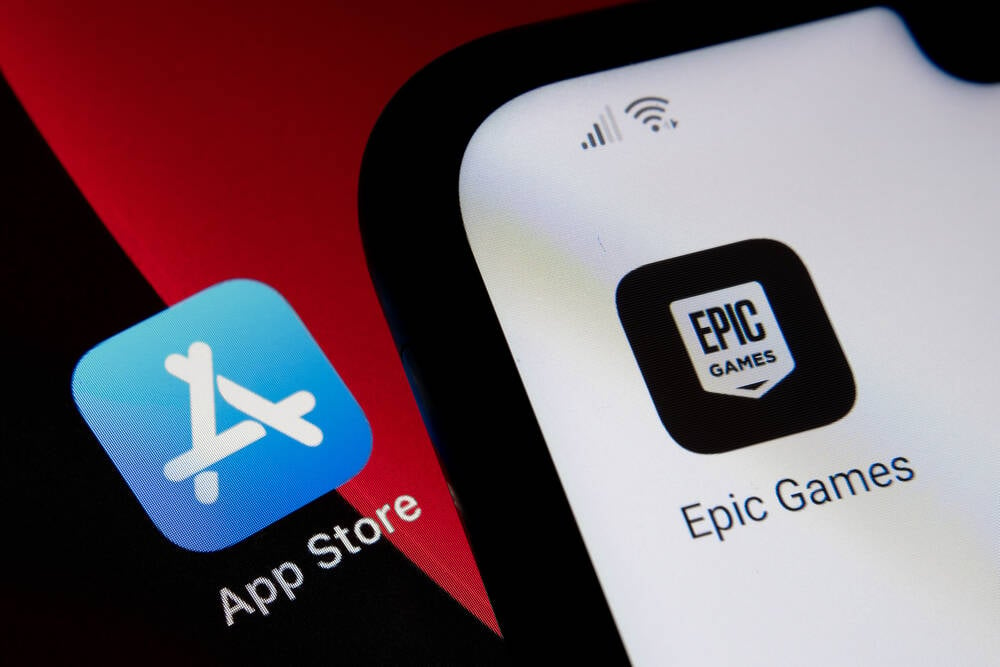





























































































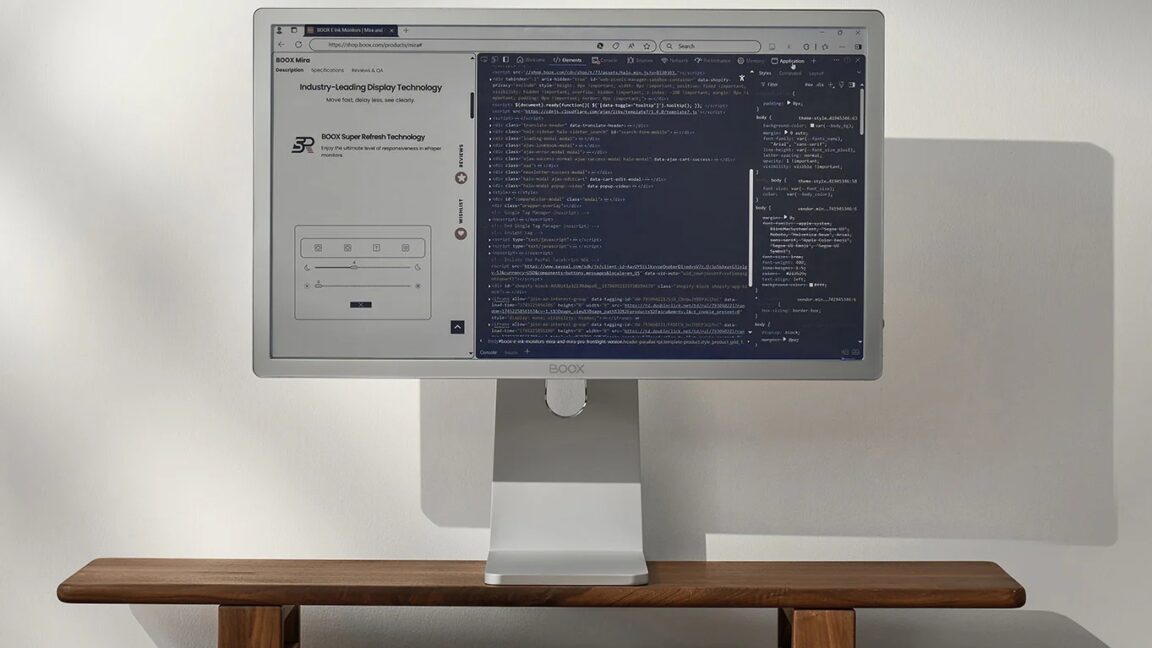

















![Google Home app fixes bug that repeatedly asked to ‘Set up Nest Cam features’ for Nest Hub Max [U]](https://i0.wp.com/9to5google.com/wp-content/uploads/sites/4/2022/08/youtube-premium-music-nest-hub-max.jpg?resize=1200%2C628&quality=82&strip=all&ssl=1)













![New Hands-On iPhone 17 Dummy Video Shows Off Ultra-Thin Air Model, Updated Pro Designs [Video]](https://www.iclarified.com/images/news/97171/97171/97171-640.jpg)
![Apple Shares Trailer for First Immersive Feature Film 'Bono: Stories of Surrender' [Video]](https://www.iclarified.com/images/news/97168/97168/97168-640.jpg)











































![Epic Games Wins Major Victory as Apple is Ordered to Comply With App Store Anti-Steering Injunction [Updated]](https://images.macrumors.com/t/Z4nU2dRocDnr4NPvf-sGNedmPGA=/2250x/article-new/2022/01/iOS-App-Store-General-Feature-JoeBlue.jpg)






